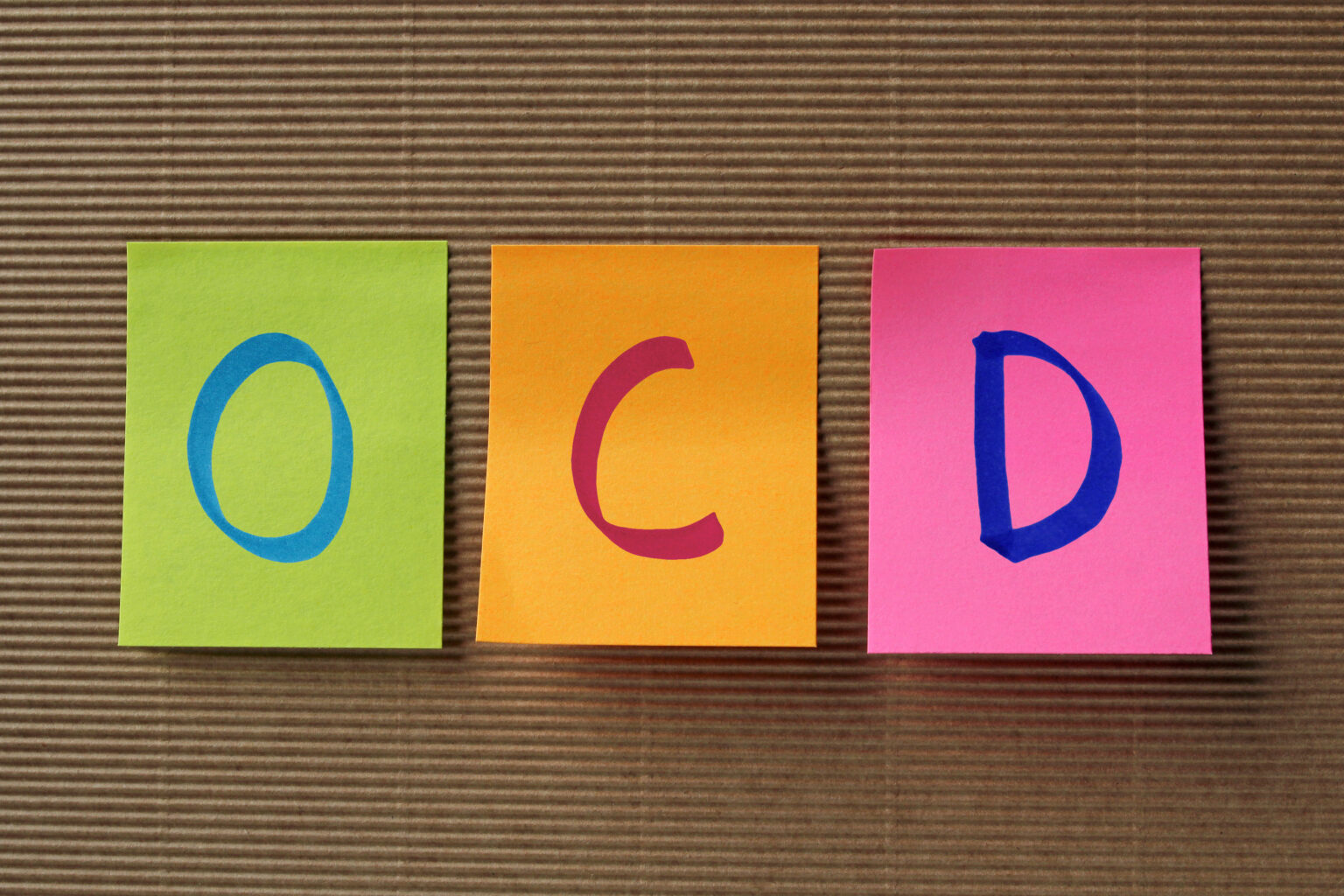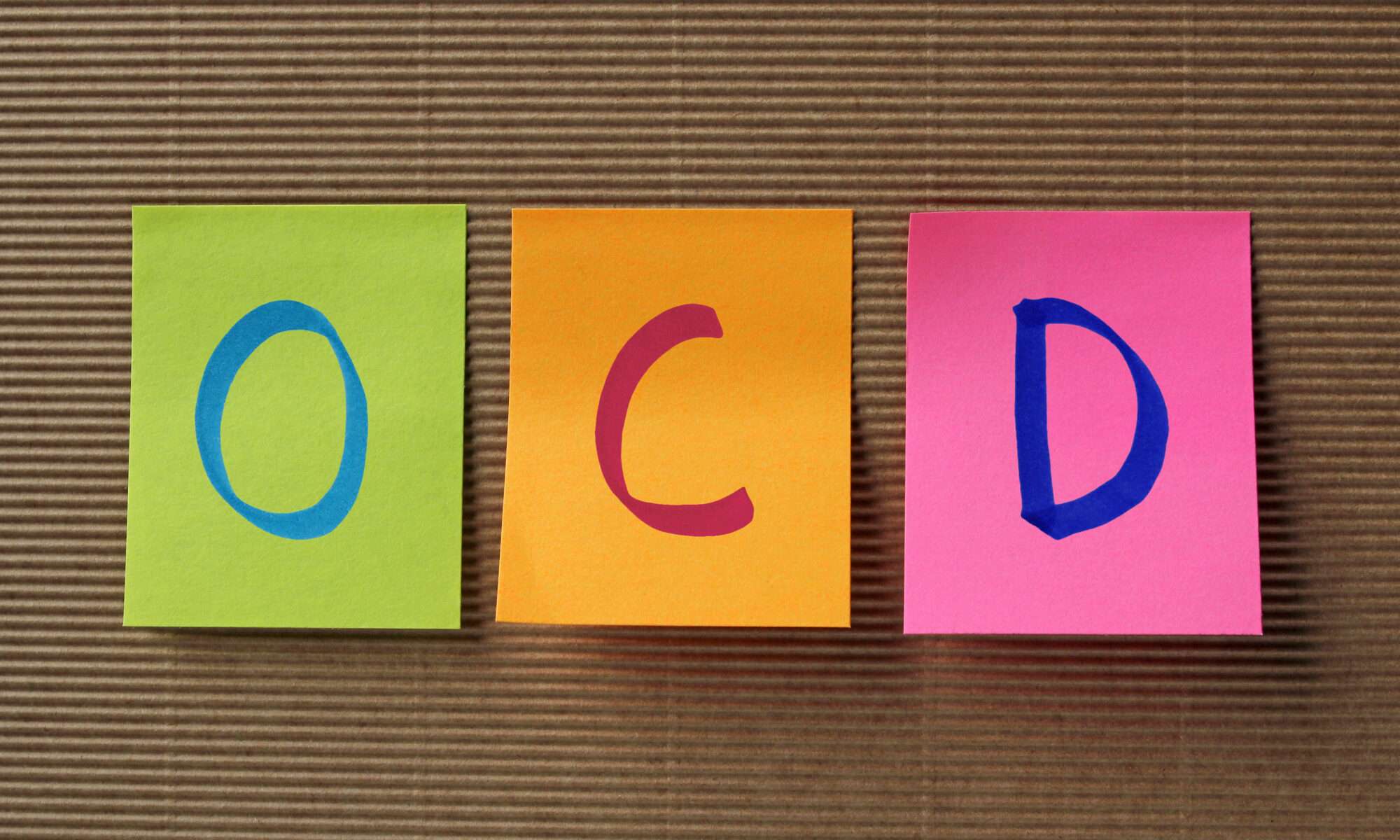OCD Cleaning
Obsessive-Compulsive Disorder (OCD) is a mental health condition where individuals experience recurring thoughts (obsessions) and repetitive behaviors (compulsions) as a way to manage anxiety. One of the most common compulsions is cleaning, driven by a fear of germs or an overwhelming need for order. This blog explores five practical ways to manage OCD-related cleaning habits, offering strategies that promote mental well-being and healthy routines.

Understanding OCD Cleaning
OCD cleaning involves repetitive cleaning behaviors that go beyond regular hygiene practices. For someone with OCD, cleaning is often a compulsion used to relieve anxiety caused by intrusive thoughts about contamination or disorder. This behavior, while providing temporary relief, can become overwhelming and interfere with daily life. Over time, the urge to clean can consume significant amounts of time and energy, affecting personal relationships, work, and overall well-being.
For those seeking Best Treatment, consider visiting:
1. Recognize Triggers and Patterns
Understanding what triggers the need to clean excessively is the first step toward managing OCD cleaning habits. Whether it’s a fear of germs or a need for perfection, identifying the root cause can help you address the underlying anxiety. Keeping a journal to track cleaning urges can help you pinpoint the exact situations or thoughts that trigger the behavior. This self-awareness will empower you to take control when the compulsive urge arises and develop strategies to reduce your cleaning habits over time.
External Resource:
For more information about OCD and its triggers, visit the National Institute of Mental Health (NIMH).
2. Set Realistic Cleaning Goals
To avoid excessive cleaning, create a cleaning schedule that outlines when and what you will clean. Stick to this routine rather than cleaning impulsively when anxiety strikes. Setting clear, realistic goals can help you stay in control of your environment while also reducing compulsions. For instance, limit deep cleaning to specific days and routine cleaning to a shorter duration. Over time, this will help break the cycle of obsessive cleaning without sacrificing hygiene.
3. Practice Mindfulness and Relaxation Techniques
Mindfulness and relaxation exercises such as deep breathing, meditation, or progressive muscle relaxation can help manage anxiety related to OCD cleaning. These techniques enable individuals to be more present in the moment, reducing the urge to engage in compulsive cleaning behaviors. By practicing mindfulness, you can observe obsessive thoughts without acting on them.
External Resource:
Learn more about managing anxiety through mindfulness on MentalHealth.gov.
4. Challenge Your Cleaning Rituals
It’s important to gradually challenge the compulsions associated with OCD cleaning. Start by delaying the cleaning response for a few minutes, gradually increasing this delay over time. Another strategy is to expose yourself to the anxiety without engaging in cleaning. For example, if you have an urge to clean after touching a surface, try to resist the urge and observe how the anxiety subsides naturally over time.
5. Seek Professional Support
While self-help strategies can be effective, seeking guidance from a mental health professional is crucial for long-term success. Cognitive Behavioral Therapy (CBT) is a common and evidence-based treatment for OCD, which can help individuals manage their cleaning habits by addressing the underlying thought patterns.
Conclusion
OCD-related cleaning can be overwhelming, but with the right strategies and professional support, it’s possible to reduce compulsions and regain control. By recognizing triggers, setting realistic goals, and practicing mindfulness, individuals can work toward managing OCD cleaning behaviors for better mental health.
By integrating these tips and seeking professional help when needed, you can break the cycle of compulsive cleaning and develop healthier routines. Remember, overcoming OCD is a journey that takes time, patience, and support.
You can visit our more blogs on:

